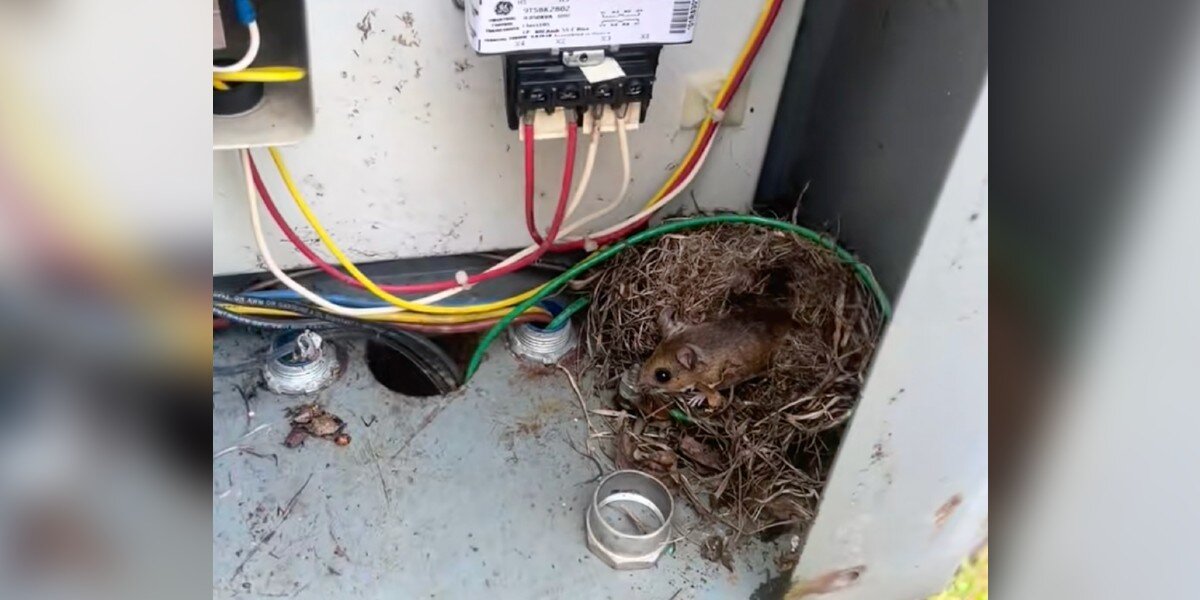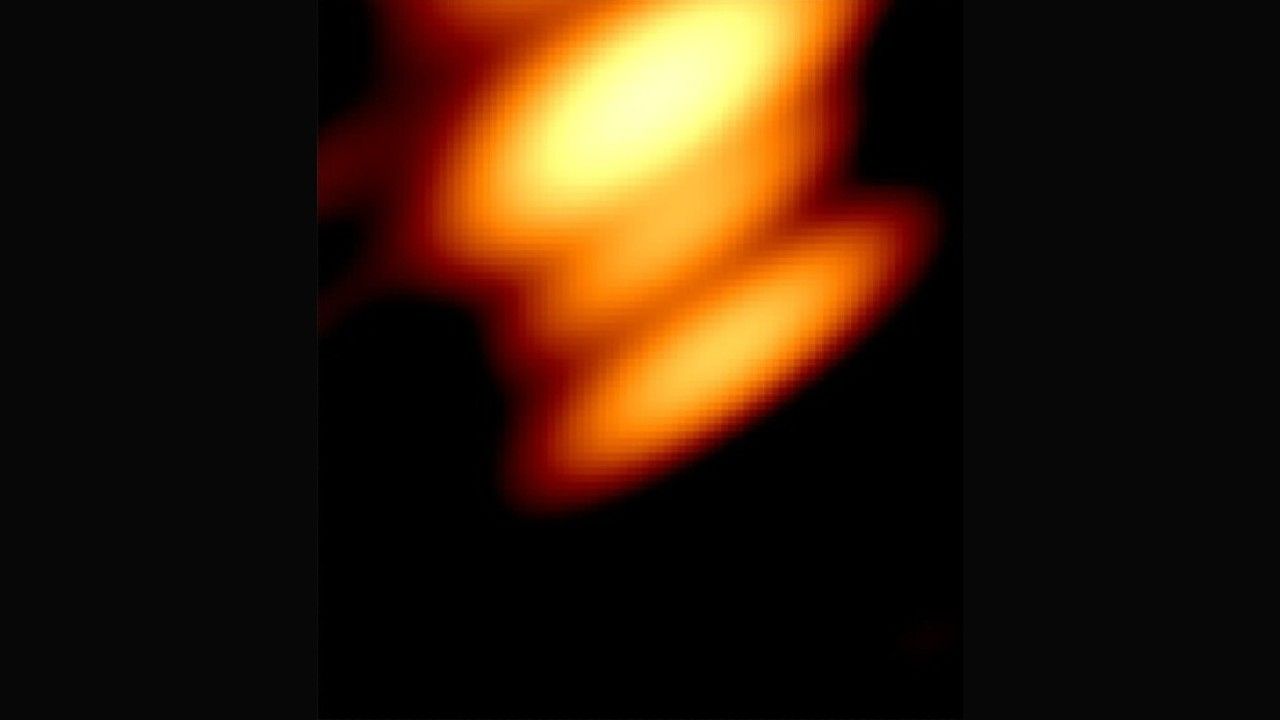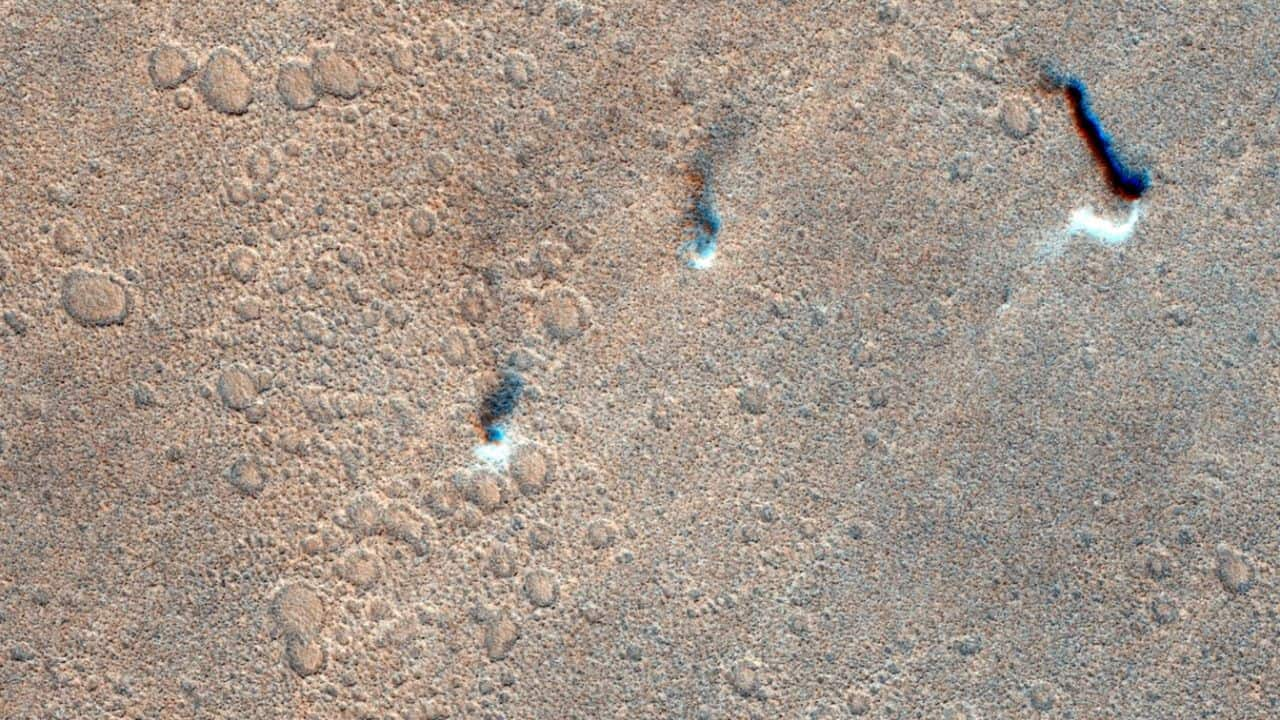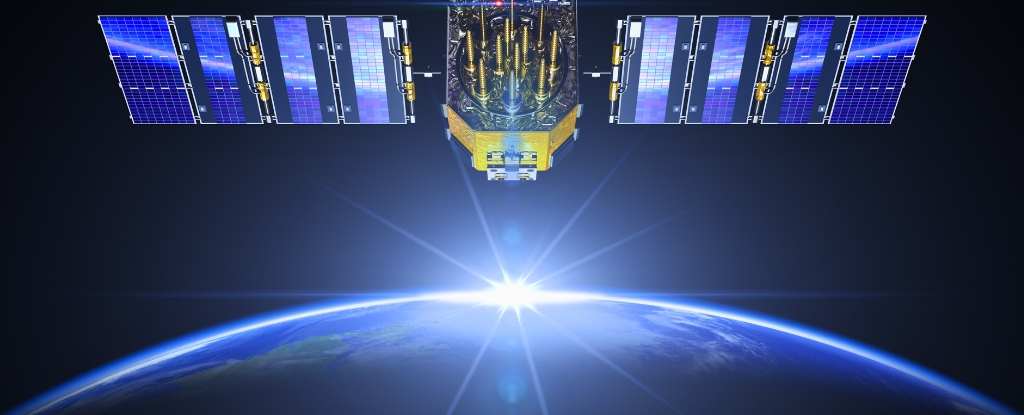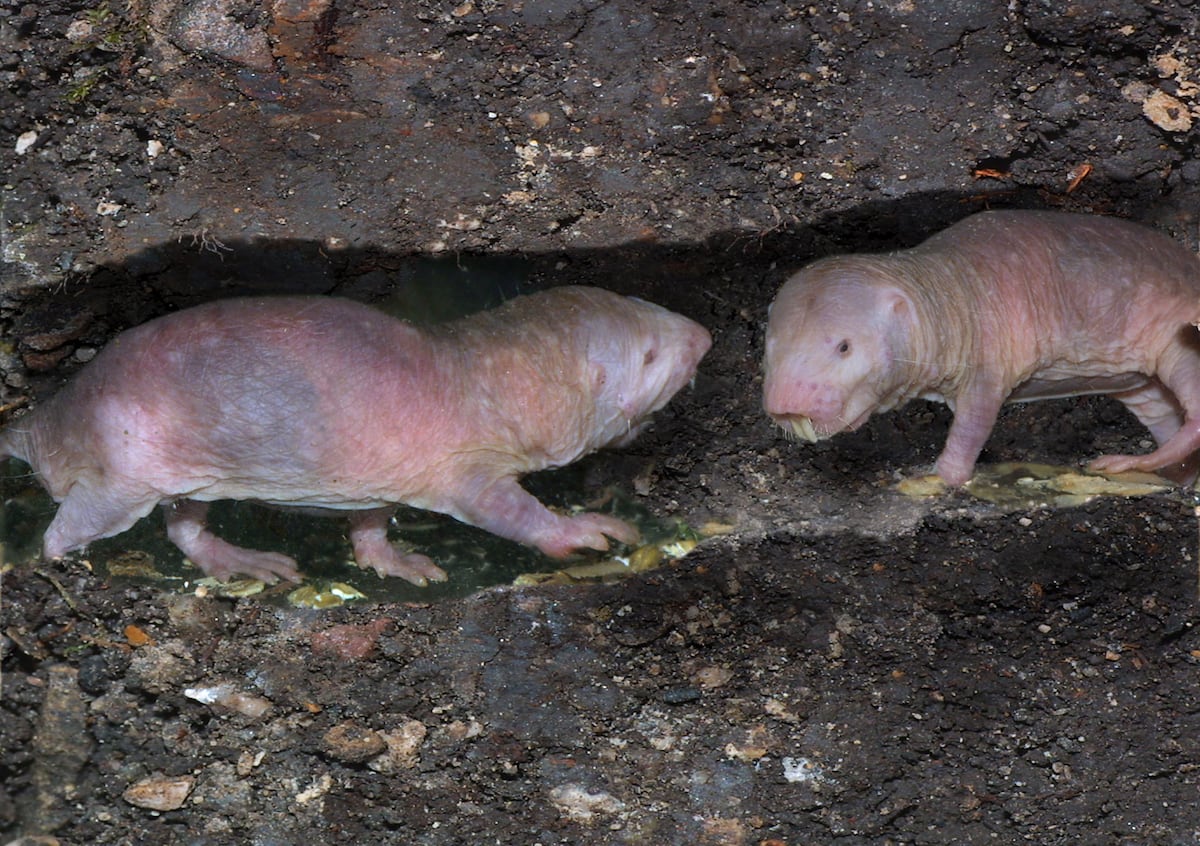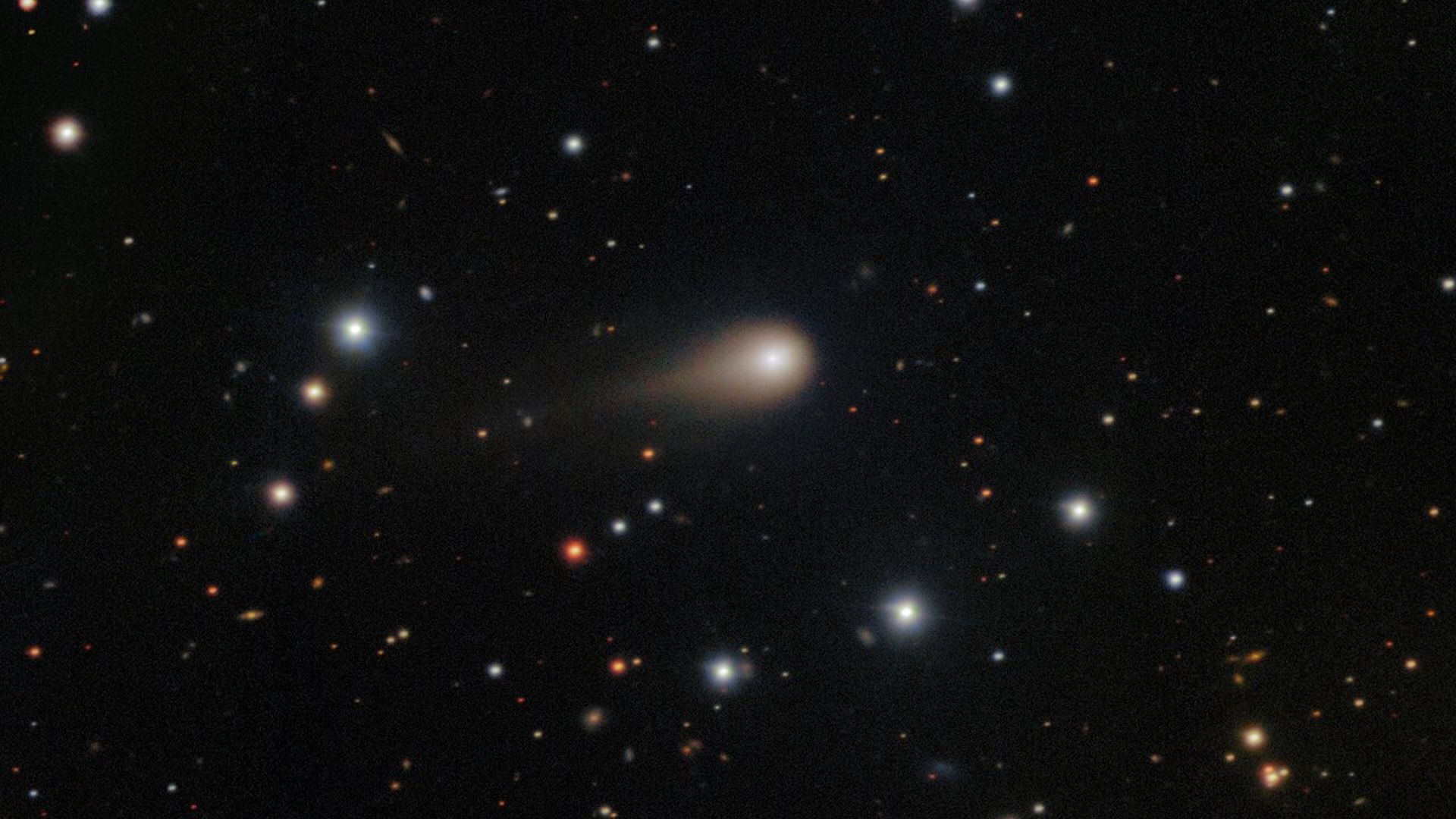Falling Satellites Spark Fears of Catastrophic Kessler Syndrome!

Imagine looking up at the sky and seeing satellites plummeting to Earth! That’s the alarming reality unfolding as Elon Musk’s Starlink program faces scrutiny over a potential space disaster known as the Kessler Syndrome.
Starlink, the visionary internet service powered by a constellation of thousands of tiny satellites in low Earth orbit, has revolutionized connectivity for many, especially in the most remote corners of the globe where internet access was once a dream. However, excitement has turned to concern as recent reports indicate that up to four Starlink satellites are falling back to Earth every day, with debris landing in places like California, raising eyebrows and fears among space trackers.
Video footage showing these satellite remnants crashing down has emerged, and understandably, many are worried about the dangers they pose. But beyond immediate safety, the implications of these falling satellites reach far deeper into the cosmos, threatening to trigger an event called Kessler Syndrome. This catastrophic scenario, theorized by NASA scientists Donald Kessler and Burton Cour-Palais in 1978, suggests that if objects in orbit become too congested, a chain reaction of collisions could irrevocably harm space operations and our everyday lives.
Picture this: a cascade of collisions rendering low Earth orbit uninhabitable for new satellites, ultimately jeopardizing critical services that underpin modern civilization—from internet coverage to global communications and even agricultural production. The gravity of this situation cannot be overstated.
Currently, there are about 8,475 Starlink satellites circling our planet, making up a staggering portion of the approximately 12,000 operational satellites in orbit. Musk’s ambitious plans to expand this fleet to a whopping 40,000 satellites could potentially exacerbate the risk of creating a dense debris field.
With tens of thousands of pieces of existing debris already floating in space, the reality is stark: four satellites deorbiting each day mean that more pieces could break off and contribute to the growing problem. Although Starlink satellites are designed to burn up upon re-entry after about five years, the situation demands close monitoring. Will these satellites continue to safely disintegrate, or are we on the brink of a serious cosmic crisis?











